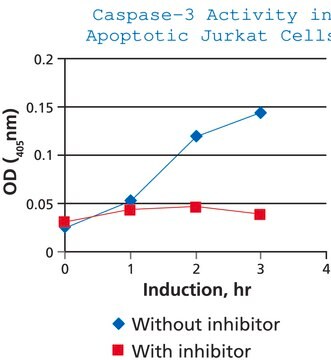N4525
1-Naphthyl isothiocyanate
95%
Synonym(s):
α-Naphthyl isothiocyanate, 1-Isothiocyanatonaphthalene, Naphthalen-1-yl isothiocyanate
About This Item
Recommended Products
Assay
95%
form
solid
mp
55.5-57 °C (lit.)
SMILES string
S=C=Nc1cccc2ccccc12
InChI
1S/C11H7NS/c13-8-12-11-7-3-5-9-4-1-2-6-10(9)11/h1-7H
InChI key
JBDOSUUXMYMWQH-UHFFFAOYSA-N
Looking for similar products? Visit Product Comparison Guide
Related Categories
Application
Signal Word
Danger
Hazard Statements
Precautionary Statements
Hazard Classifications
Acute Tox. 3 Oral - Eye Irrit. 2 - Resp. Sens. 1 - Skin Irrit. 2 - STOT SE 3
Target Organs
Respiratory system
Storage Class Code
6.1C - Combustible acute toxic Cat.3 / toxic compounds or compounds which causing chronic effects
WGK
WGK 3
Flash Point(F)
Not applicable
Flash Point(C)
Not applicable
Personal Protective Equipment
Certificates of Analysis (COA)
Search for Certificates of Analysis (COA) by entering the products Lot/Batch Number. Lot and Batch Numbers can be found on a product’s label following the words ‘Lot’ or ‘Batch’.
Already Own This Product?
Find documentation for the products that you have recently purchased in the Document Library.
Customers Also Viewed
Our team of scientists has experience in all areas of research including Life Science, Material Science, Chemical Synthesis, Chromatography, Analytical and many others.
Contact Technical Service












